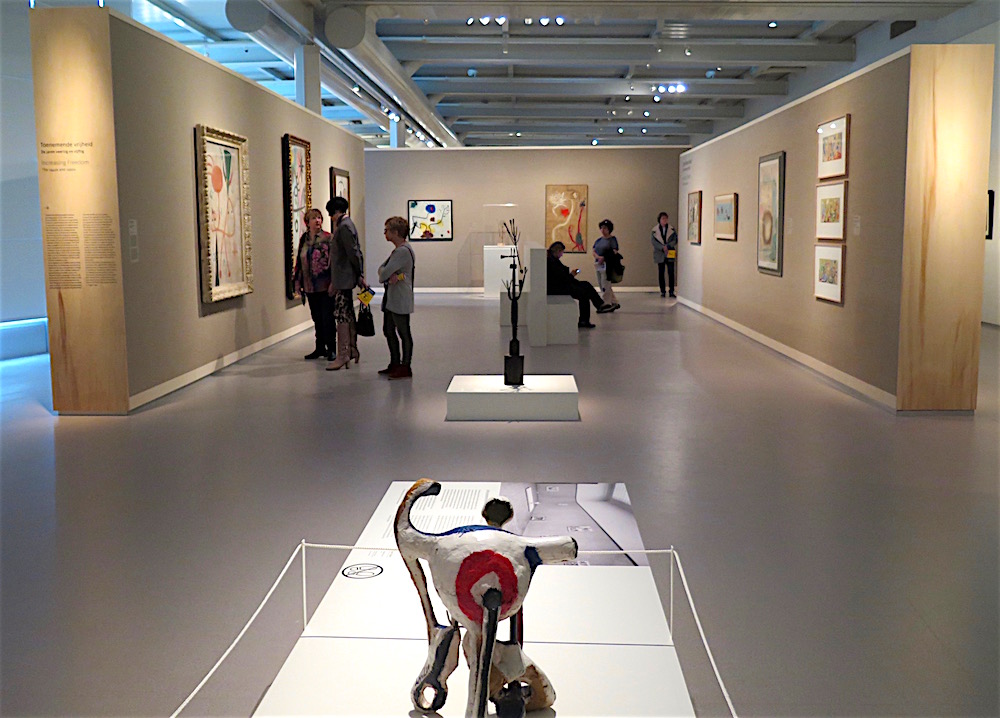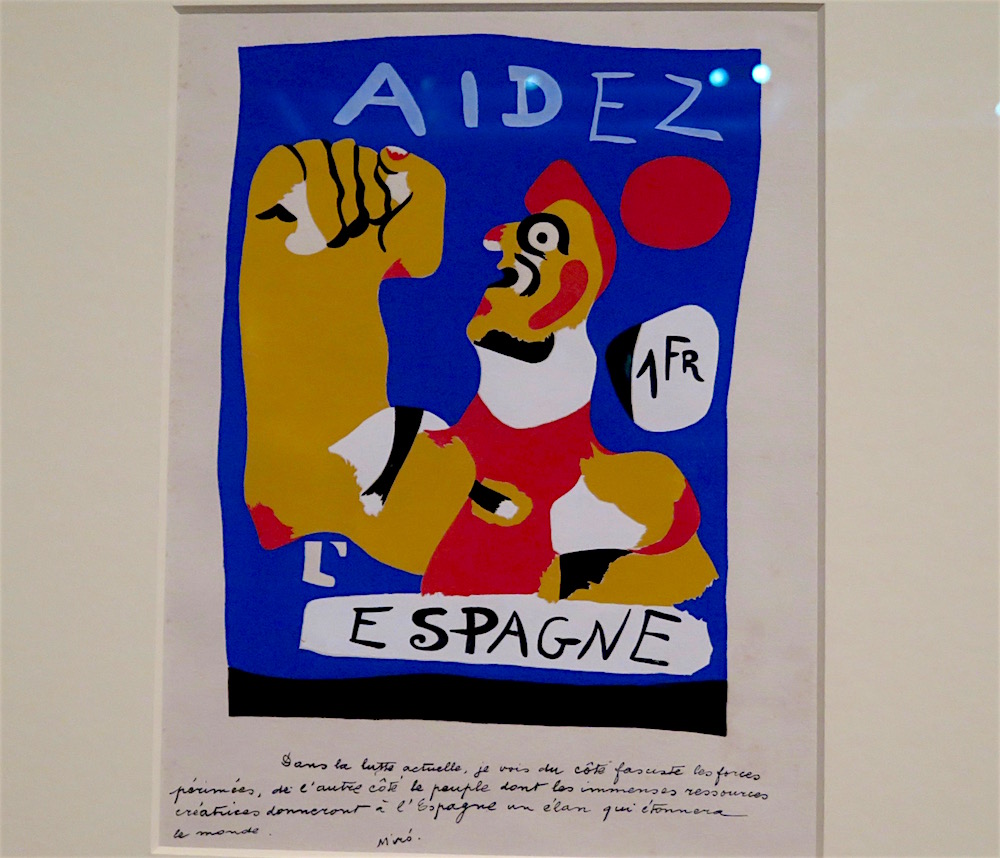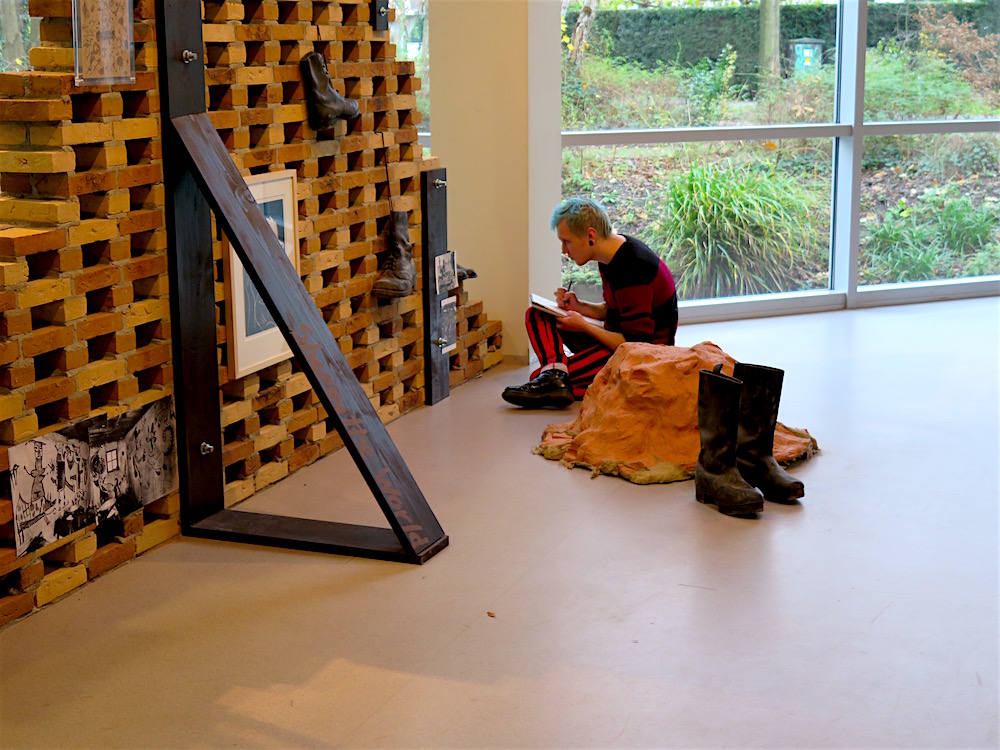For more than 25 years, a tapestry by the great Catalan artist, Joan Miró, hung in the lobby of 2 World Trade Center in New York. The massive wool and hemp tapestry was one of the most expensive artworks destroyed in the September 11 attacks.
Fortunately for those who delight in the artist whose work influenced much of late 20th-century art, Amsterdam’s Cobra Museum of Modern Art has mounted the first major exhibition of Miró’s work in the Netherlands in 60 years.
“Miró & CoBrA The Joy of Experiment,” which runs through January 31, 2016, showcases the Spanish master’s work alongside the international post-war CoBrA movement (1948-1951). More than 120 pieces by Miró (1893-1983) are complemented by 80 works from CoBrA artists such as Karel Appel and Pierre Alechinsky. A reproduction of Miró’s atelier in Mallorca is furnished with 40 signature objects from Miró’s private collection.
Inspired by a chance encounter at a Miró exhibition in Paris, the CoBrA movement embraced Miró as a leitmotif for his experimental and playful approach to art. Founded by artists from Amsterdam, Brussels, and Copenhagen, the CoBrA movement (an acronym for the cities of Copenhagen, Brussels, and Amsterdam) celebrated Miró’s innovative and poetic use of materials and methodology. Miró’s later works, in particular, are notable for a complete liberation from form.
The exhibition includes some of Miró’s best-known works on paper, as well as paintings, ceramics, sculptures, assemblies, and visual poems. The exhibition spans six decades of work by Miró and the CoBrA artists, with loans from major institutions including the Guggenheim in New York, the Museo Reina Sofia in Madrid, and the Scottish National Gallery of Modern Art.
Now celebrating its 20th anniversary, the Cobra Museum of Modern Art has been, as its motto states, “Keeping CoBrA art alive since 1995.” With a focus on the CoBrA movement’s core values of creative freedom, passion, and social engagement, the purpose-built museum has presented numerous exhibitions of the European avant-garde movement that flourished for three years. CoBrA’s legacy offers a European rejoinder to the abstract expressionism of international artists.
Located in a modern neighborhood of Amsterdam, the museum is easy to reach by bicycle, car, and public transport. A thirty-minute bike route wends along the River Amstel – or through the Amsterdamse Bos – with enough natural beauty to inspire artists of all ages.
The only museum in the Netherlands to participate in the International Slow Art Day in 2015 (and again in 2016), the Cobra Museum also offers the “Slow Art Walk,” an opportunity to reconnect with the artist within.









